Do baby deer have a smell? Will touching them cause the mother to abandon them? We address those fawn fallacies and more
There is still a lot of mystery left in the world of deer and deer hunting. But the great thinkers and researchers of our time (and those who came before) have unearthed a lot of information about the white-tailed deer, and some of that has led to busting these eight long-held myths about whitetail fawns.
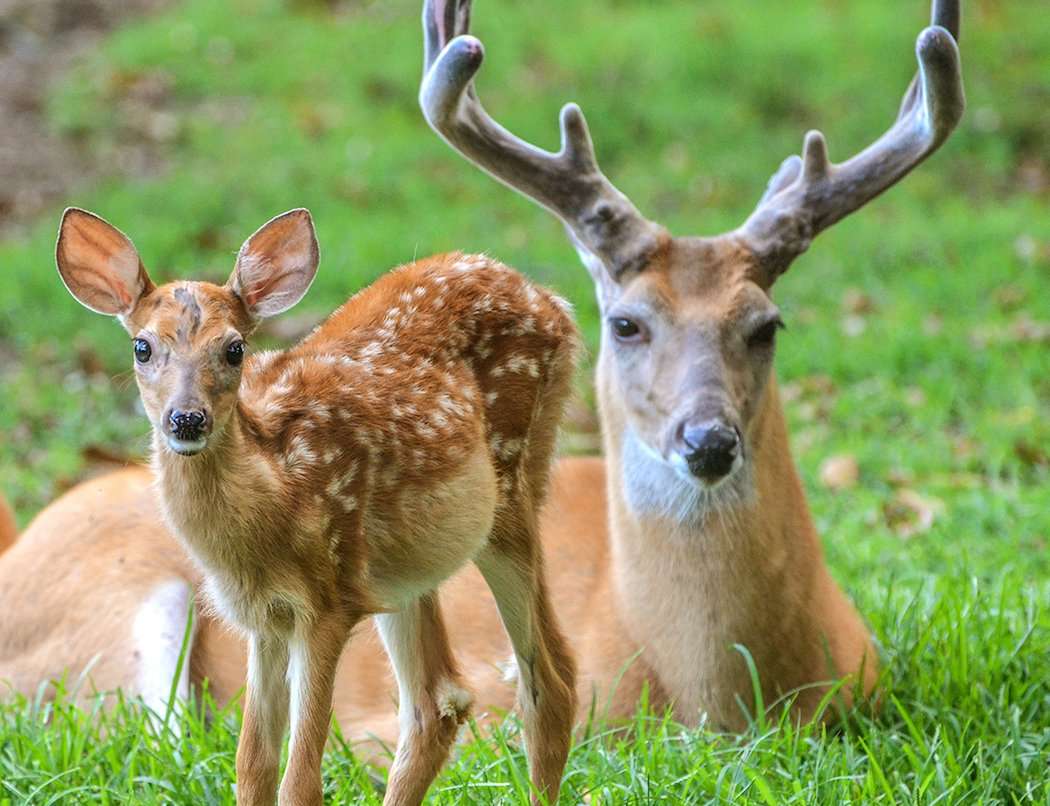
When a doe gives birth to fawns, they aren't always sired by the same bucks. In fact, it's relatively common for does to give birth to two fawns sired by two different bucks. When does come into estrus, breeding parties often form — especially in areas with balanced sex ratios. This often results in subdominant bucks making it to and breeding receptive does before or after a more dominant buck does. In essence, does are often bred by more than one buck during its estrus cycle.
Photo credit: Shutterstock / Bob Garvine
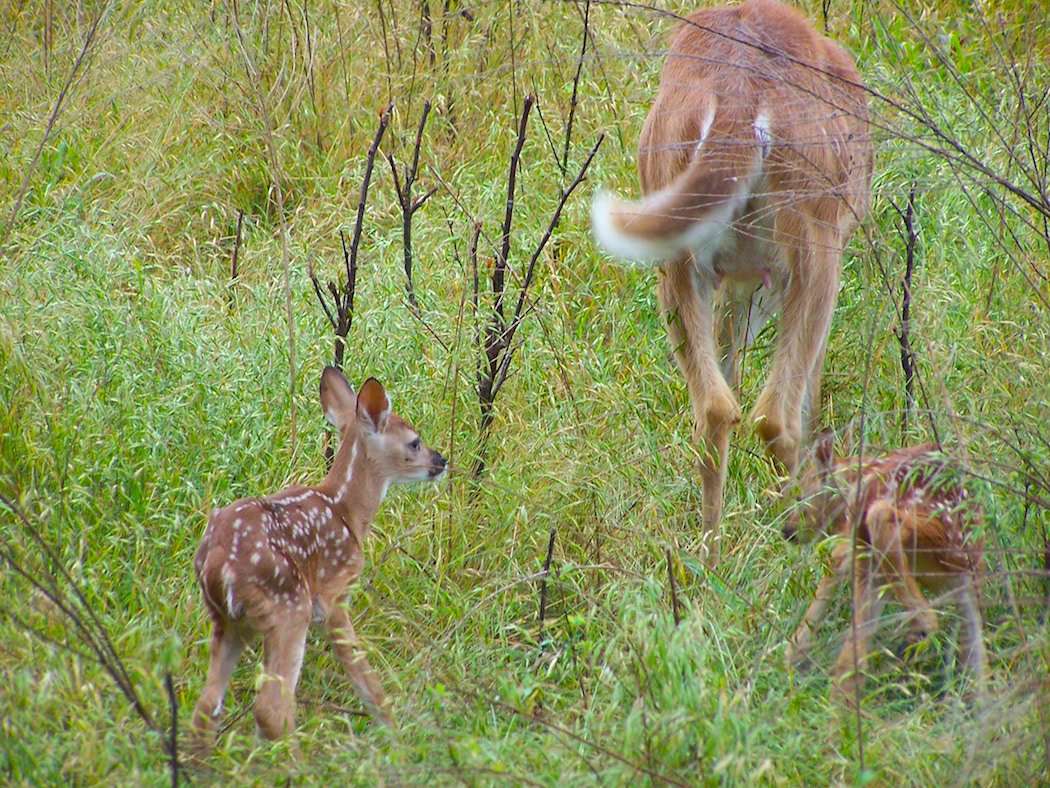
Not every doe has two fawns each spring. Sometimes they have one. Sometimes two or three. Extremely rare cases have even exhibited a doe giving birth to four fawns. While two fawns seem to be the most common, it isn't always the case for every doe. And most fawns born each year don't reach maturity.
(Don't Miss: 10 Things You Didn't Know About Velvet Bucks)
Photo credit: Josh Honeycutt
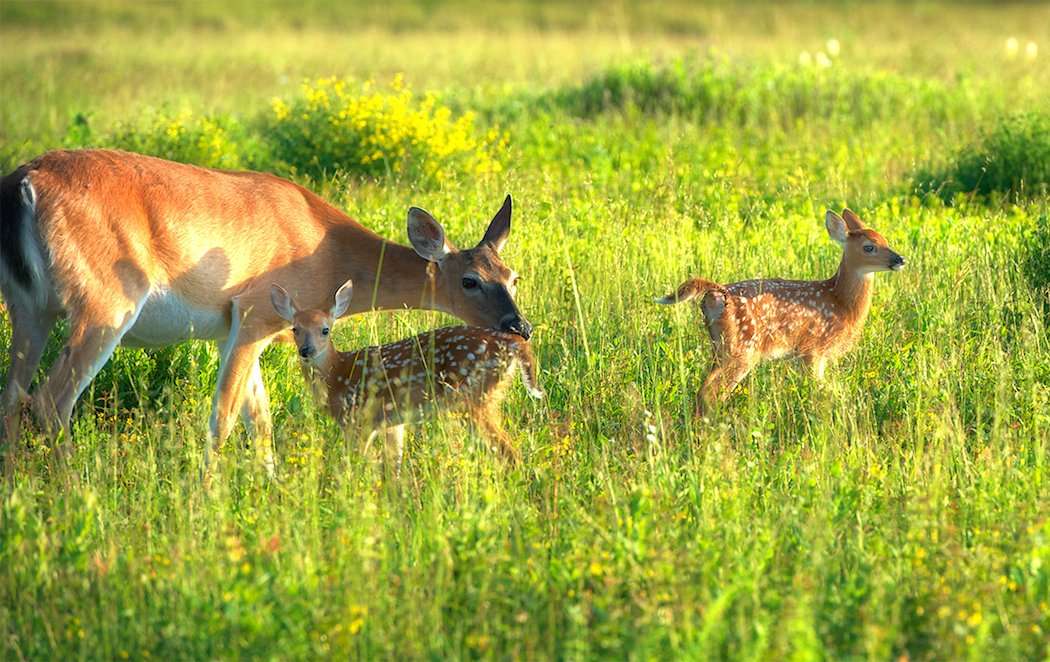
The vast majority of sibling fawns aren't identical twins. They generally have their own set of genetic make-up. They aren't the result of one egg splitting. Instead, two eggs are released from the ovaries and both become fertilized. It is possible for eggs to split and identical twins to be born. But this is fairly uncommon in the grand scheme of fawning.
Photo credit: Shutterstock / David Kay
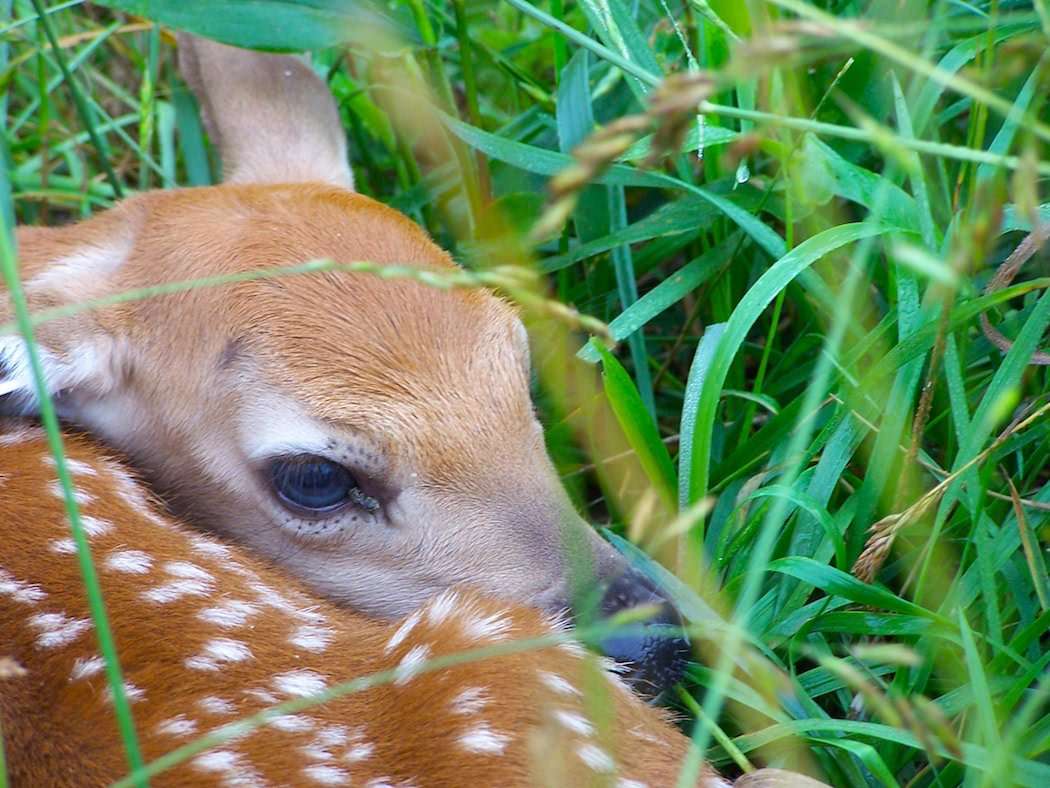
This has long been believed as fact. Simply put, it isn't. When coyotes hunt fawns, they use sight, hearing, and smell to do so. But mostly, they use their nose. Unless feeding, fawns naturally lie perfectly still for the first two weeks of their lives. It's a species-wide defense mechanism. That virtually eliminates both sight and hearing as a hunting tool for predators, meaning coyotes would have to use their noses to kill the majority of fawns born each year. The research shows that fawns do have an odor, blasting the age-old myth.
(Don't Miss: Is a Trail Camera Ban Coming to a State Near You?)
Photo credit: Josh Honeycutt
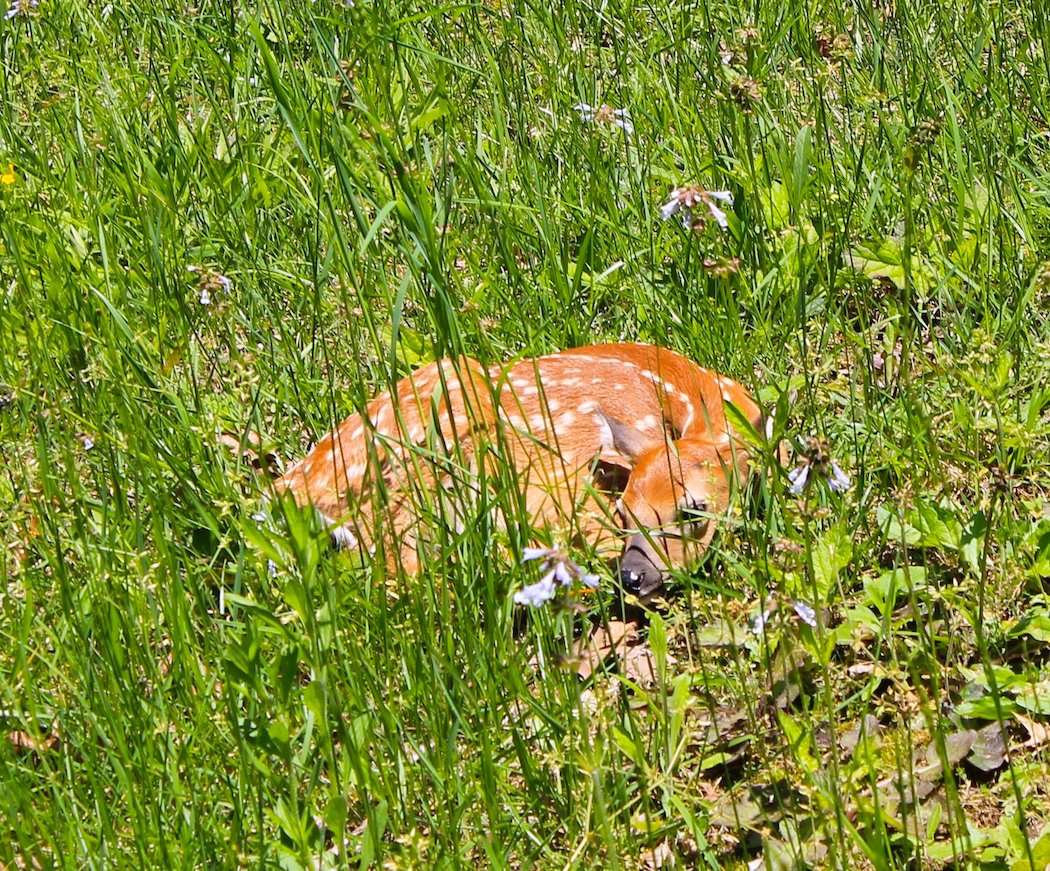
Fawns don't lie perfectly still because they're injured. They lie perfectly still because mother nature has weeded out all of the fawns who think they can outrun a coyote, bobcat, or bear during the first two weeks of their lives. If you see a fawn lying perfectly still, do it a favor and walk the other way. Don't bother it.
Photo credit: Josh Honeycutt
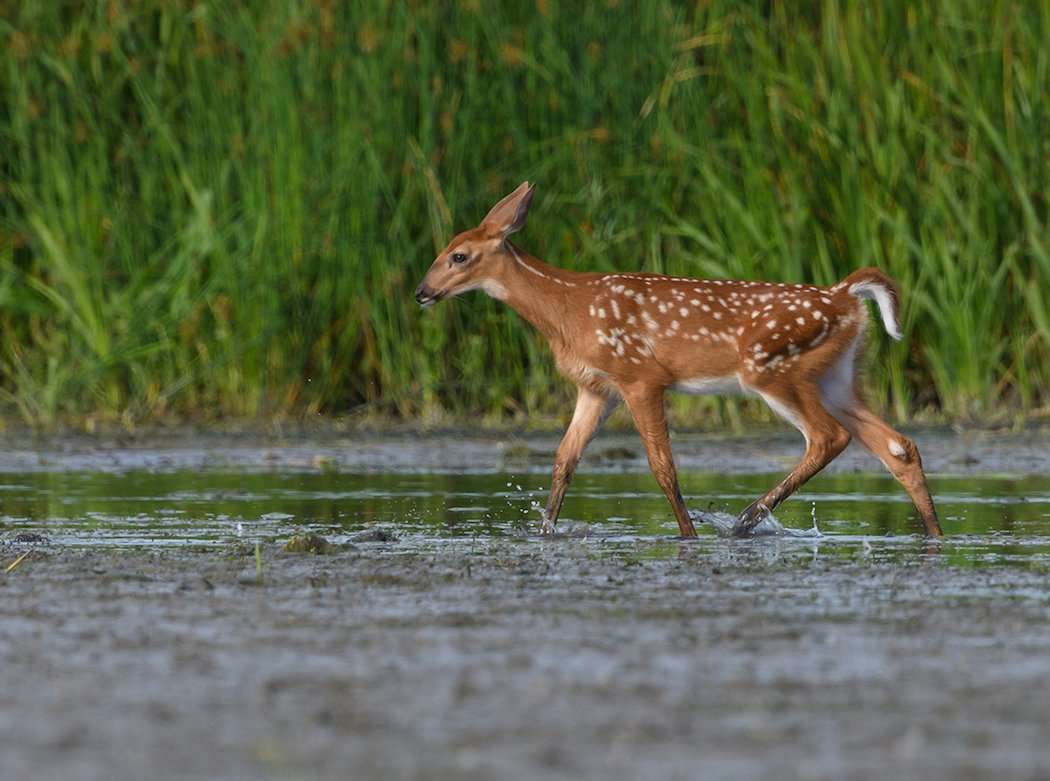
Most white-tailed does are great mothers and have incredible mothering instincts. The age-old myth that does will abandon fawns once you've touched them is a fallacy. If a fawn is in a high-risk location (soon-to-be-mowed hay field, roadside, etc.) wrap it with a towel and move it a short distance (no more than 100 yards) away to a safer location. It'll reunite with its mother later in the day. On the flipside, never touch a fawn just because it's cute and you feel like petting it.
(Don't Miss: 10 Amazing Facts About Velvet Antlers)
Photo credit: Shutterstock / Fotorequest
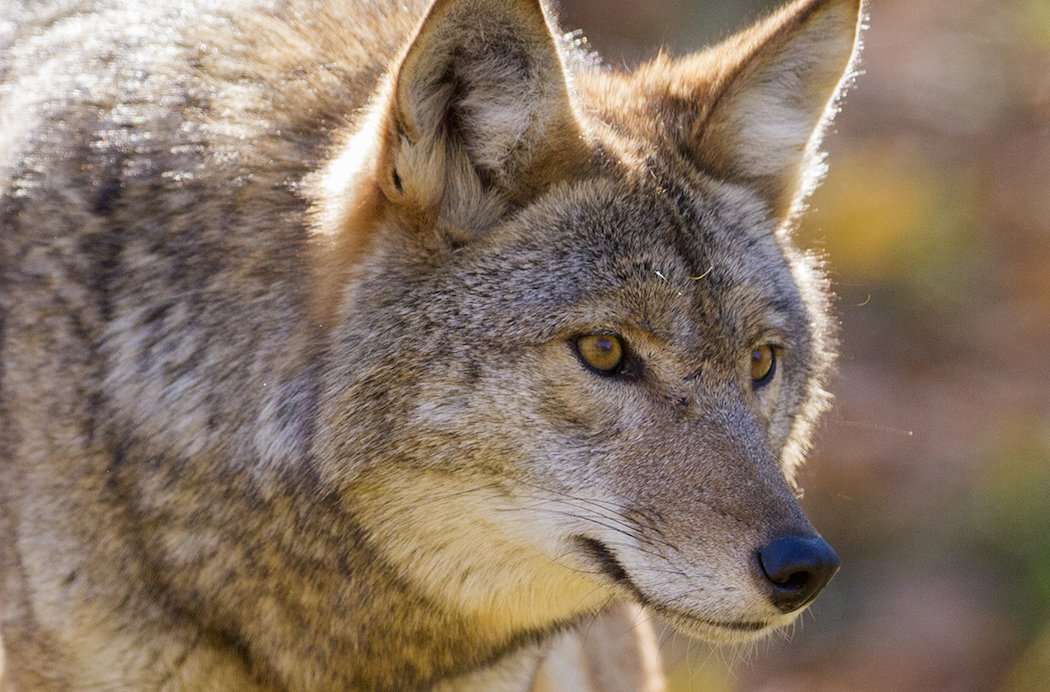
This is the fallacy to trump all fallacies. According to the National Deer Association (NDA), many states have very low fawn recruitment rates. The five states with the lowest fawn recruitment rates are Rhode Island (0.20), Oklahoma (0.30), Florida (0.40), Virginia (0.40), and Arkansas (0.41). Each of these states have increasing or stable coyote populations, too. The five largest declines in fawn recruitment from 2005 to 2015 were Illinois (-0.15), Maine (-0.16), Wisconsin (-0.24), Maryland (-0.24), and South Carolina (-0.29). The only state left with a rate over 1.0 is Kentucky, where predator populations haven't completely skyrocketed (yet) and habitat is still good.
Photo credit: Shutterstock / Mirceac
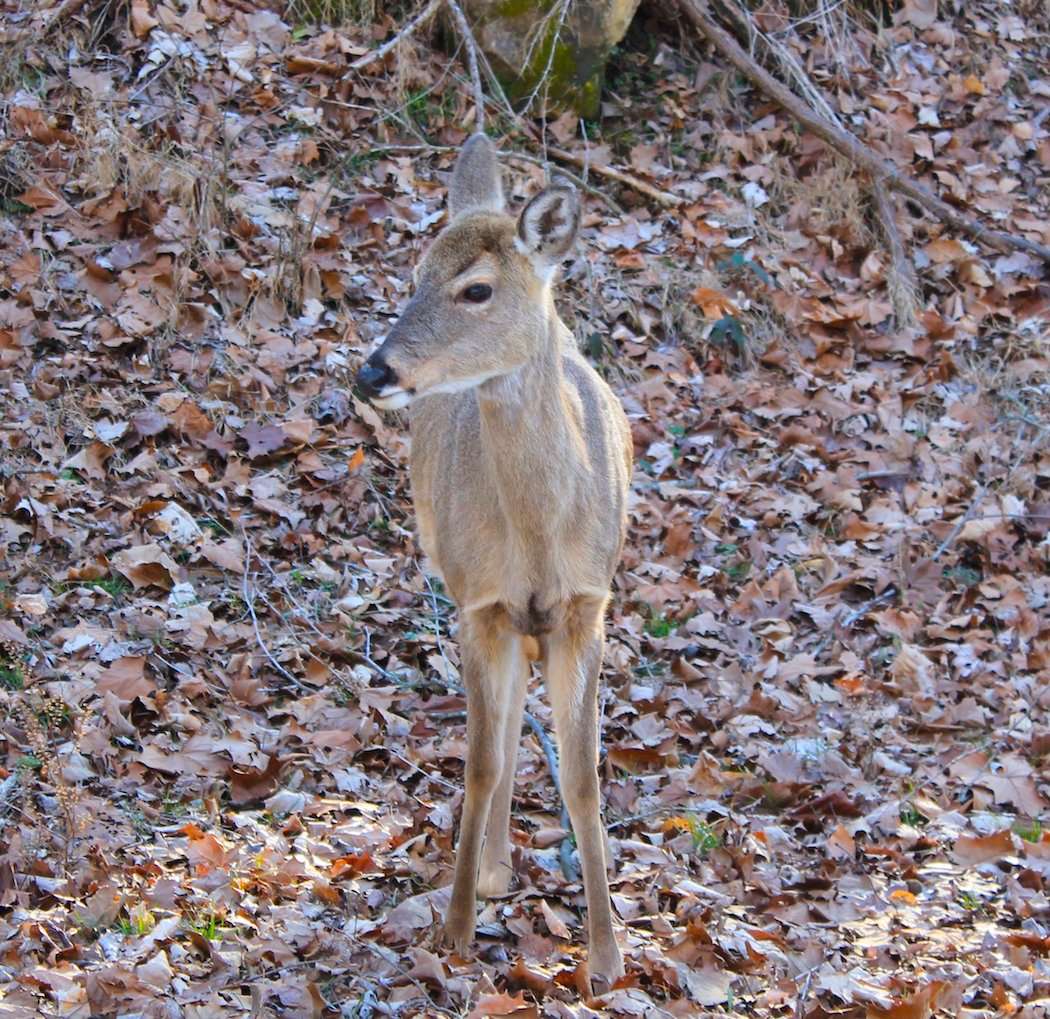
It's a common belief that doe fawns become sexually mature once they reach a certain age. That's not true. They become sexually mature once they reach a certain weight. Different doe fawns reach that weight threshold at different ages. That's why approximately 50 percent of doe fawns in the Midwest breed their first fall and a much lower percent do in the Southeast. Better food and habitat allow most fawns in the Midwest to reach that weight much sooner.
(Don't Miss: Don't Let a Dead Deer Kill You)
Photo credit: Josh Honeycutt







